Winter Wear
Categories: Composing Projects Completed
This is the story of one of my musical river projects, exploring through music, dance and drama the wonderful River Wear in north-east England with an entire school of primary school children.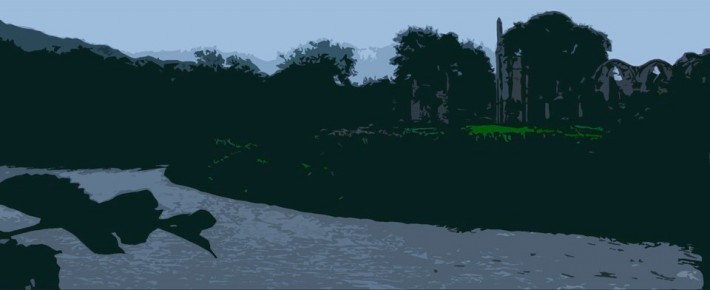
 Introductory activities involved exploring the geography of rivers in general through music, and this river in particular, through a spot of map-reading and storytelling, then each class became responsible for stopping off at one point along the river and telling its tale in a musical and wintry way:
Introductory activities involved exploring the geography of rivers in general through music, and this river in particular, through a spot of map-reading and storytelling, then each class became responsible for stopping off at one point along the river and telling its tale in a musical and wintry way:
Upper Weardale – Dancing Stream
A soundscape using evocative language and music to describe the movement and sound of the upper tributaries of the River Wear as it dances through the moors.
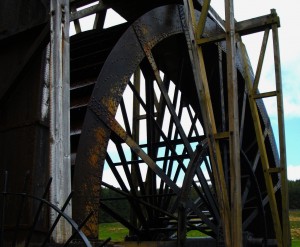 Killhope Lead Mine – Four Pence A Day
Killhope Lead Mine – Four Pence A Day
A new setting of traditional words describing an early start in the life of a child worker in the lead mines of Upper Weardale. We also created a musical “hush”, conjuring up the build-up of water behind a dam at the top of a valley and the sudden releasing of that water to reveal the position of the seams of galena beneath the topsoil.
Short plays about winter stories about the river were interspersed amongst the musical items:
• Haswick’s Bridge is washed away on Christmas Day
• Cuthbert Goes For A Walk
• Pirate Godric Becomes A Hermit
• The Cauld Lad Of Hylton
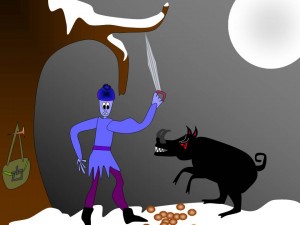 Bishop Auckland – The Ballad of Pollard’s Brawn
Bishop Auckland – The Ballad of Pollard’s Brawn
A song with acting and projections centred around the traditional tale of a young man called Pollard who accepted the Bishop of Durham’s challenge to rid the local population of a child-eating wild boar.
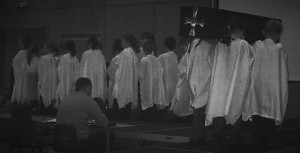 Durham – Aves Beati Cuthberti
Durham – Aves Beati Cuthberti
Inspired by a storyboard in St. Cuthbert’s Shrine in Durham Cathedral about the ceremonies surrounding his feast day in March, this is a chant and prayer which was accompanied by the children moving with piety, solemnity and also at times joy in an imaginative reinterpretation of St. Cuthbert’s re-internment. The words of the song reflect Cuthbert’s affinity with the birds that lived with him on the Farne Islands in Northumberland.
Chester-le-Street – Condatis March, and “Romans at play” compositions
Formation marching, an army of Roman soldiers stopped over on their way home from Hadrian’s Wall, at Chester-le-Street for some music-making and feasting. They composed their own music for this one.
 Lambton – The Lambton Worm
Lambton – The Lambton Worm
A traditional folk song from the Wear Valley sung in unison with actions/puppets from the younger children.
Sunderland – Glass Orchestra/Magical Glass
The story of Sunderland’s glass-making heritage was told in a slide show, song and art work, with music composed by the children and performed on a glass orchestra of instruments and found sounds.
Sunderland – January 1821
We found reference to a flooding disaster on the river in Sunderland which involved blocks of ice from upstream being washed down towards the city after a sudden thaw and crashing into the colliers and other ships moored there. Many were washed out to sea and some sailors went missing. We told the story with song and dance.
Sunderland/The North Sea – Shipyard Soundscape/Maggie’s Rant
Using quotes from Shipyard workers and recreating the sounds of the shipyards using instruments and found sounds, we told the story of the final closure of this industry in 1988 by Margaret Thatcher’s government.
we told the story of the final closure of this industry in 1988 by Margaret Thatcher’s government.

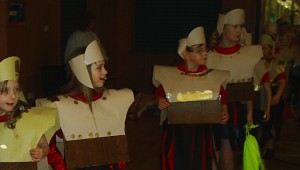
No comments yet.